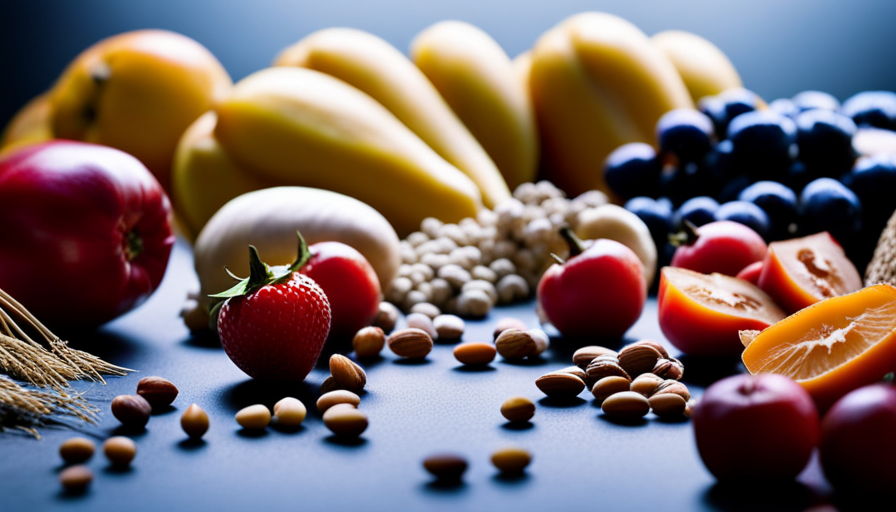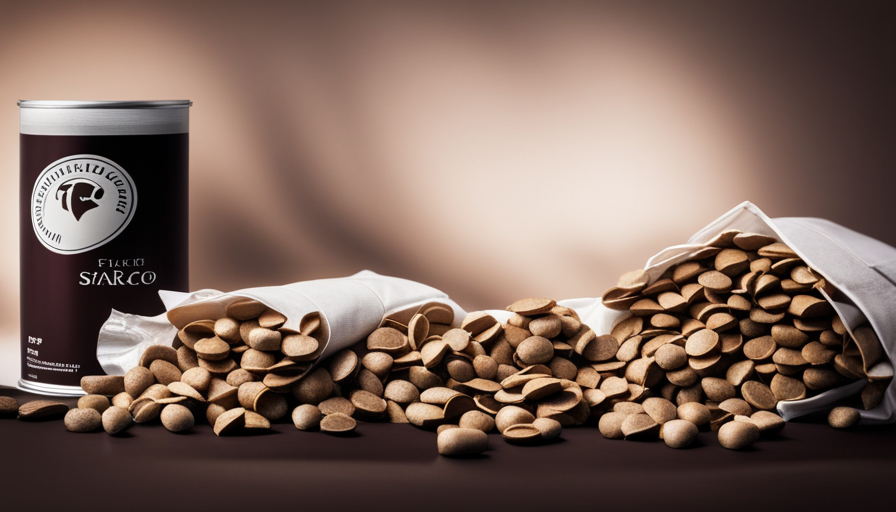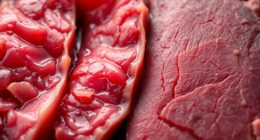The Wacaco Picopresso is a groundbreaking advancement in the coffee brewing industry, providing coffee lovers with the chance to savor high-quality espresso no matter where their journeys lead them.
This portable espresso maker, an upgrade from its predecessor, the Nanopresso, boasts enhanced brewing capacity and improved build quality. With its patented piston design, the Picopresso generates the necessary pressure for extraction, ensuring a truly satisfying espresso experience.
While its compact and portable nature makes it an ideal companion for coffee lovers on the go, individuals with smaller hands may find it slightly challenging to hold and pump. Additionally, it is worth noting that the brewing chamber can become quite hot, although heat-resistant sleeves can be obtained separately.
Although the Picopresso does not include an espresso cup, it does come with an array of useful accessories, including a metal palm tamper, dosing funnel, distribution tool, coffee scoop, and cleaning brush.
All in all, the Wacaco Picopresso offers a convenient and affordable solution for those seeking the pleasure of cafe-quality espresso, whether at home or on their travels.
Key Takeaways
- Wacaco Picopresso is a portable espresso maker that brews cafe-quality espresso.
- It has a true double shot capacity with an 18g filter basket and offers a straightforward workflow.
- The Picopresso has improved brewing capacity and build quality compared to its predecessor, the Nanopresso.
- It is a professional-level espresso machine in a small package, winning a Red Dot Design Award in 2022.
Features and Specifications
The Wacaco Picopresso is equipped with features such as a true double shot capacity with an 18g filter basket. It also has a patented piston design for pressure generation and a compact build with metal components, making it a portable espresso maker that offers cafe-quality brews.
Its performance and extraction quality set it apart from other portable espresso makers. With its non-pressurized stainless steel filter basket, the Picopresso allows for better espresso quality and the ability to experiment with grind size, distribution, tamping, dose, pre-infusion, and extraction time. Comparatively, cheaper portable options cannot compete with the Picopresso’s espresso quality.
The Picopresso’s compact design and improved build quality make it a versatile option for home use and on-the-go, suitable for camping trips. With its true double shot capacity and ability to generate pressure for extraction, the Wacaco Picopresso is a reliable and high-performance portable espresso maker.
Brewing Process
During the brewing process of the Wacaco Picopresso, the user preheats the brewing chamber, weighs and grinds the coffee, tamps the grounds, adds hot water, and pumps the piston to extract the espresso.
The Picopresso allows for grind size experimentation, giving users the opportunity to adjust the fineness of the coffee grounds to their preference. This flexibility allows for customization of the flavor profile and extraction time of the espresso.
The pumping mechanism of the Picopresso is efficient, providing enough pressure to extract the coffee oils and flavors from the grounds. However, some users may find the pumping mechanism cumbersome, especially those with smaller hands.
Despite this, the Picopresso offers a compact and portable design, making it suitable for on-the-go use and camping trips.
Build Quality and Design
Build quality and design of the Wacaco Picopresso are notable aspects, with its compact and portable size, metal components, and use of robust materials such as stainless steel, aluminium, and silicone. The Picopresso is designed with ergonomics in mind, allowing for comfortable use and easy handling. Its small size makes it convenient for on-the-go brewing, making it an ideal choice for camping trips or travel. The metal components enhance its durability, ensuring that it can withstand the rigors of daily use. The use of high-quality materials like stainless steel and aluminium not only adds to its durability but also gives it a sleek and modern look. The addition of heat-resistant sleeves can further enhance the user’s experience by preventing burns while brewing. Overall, the build quality and design of the Wacaco Picopresso contribute to its overall appeal and make it a reliable and long-lasting portable espresso maker.
| Pros | Cons |
|---|---|
| Compact and portable design | Exterior gets hot during brewing |
| Metal components for durability | Cumbersome pumping mechanism |
| Use of robust materials | No cup included |
| Affordable price |
Cleaning and Maintenance
Cleaning and maintenance of the Wacaco Picopresso involves disassembling the brew group and thoroughly washing the filter basket and shower screen every week or two, while the brewing chamber and portafilter only require a water rinse.
Here are some cleaning tips and a maintenance schedule to keep your Picopresso in optimal condition:
-
Disassemble the brew group:
- After each use, remove the filter basket and shower screen, and rinse them under running water.
- Thoroughly clean the filter basket and shower screen every week or two to remove any coffee residue.
-
Rinse the brewing chamber and portafilter:
- After each use, simply rinse the brewing chamber and portafilter with water to remove any remaining coffee grounds.
-
Regular maintenance:
- Apart from regular cleaning, it is recommended to inspect and clean the piston, seal, and other parts regularly to ensure smooth operation and prevent any buildup of coffee oils or residues.
By following these cleaning tips and adhering to a regular maintenance schedule, you can ensure that your Wacaco Picopresso continues to brew delicious cafe-quality espresso for a long time.
Pros and Cons
One notable advantage of the Wacaco Picopresso is its compact and portable design, allowing for easy transportation and use in various settings.
Despite its small size, this espresso maker delivers exceptional espresso quality, rivaling that of professional machines. The Picopresso’s pumping mechanism, though cumbersome, is what generates the necessary pressure for extraction, resulting in a rich and flavorful brew.
The non-pressurized stainless steel filter basket further enhances the espresso quality, allowing for experimentation with different variables such as grind size, distribution, and tamping. This versatility enables users to tailor their espresso to their preferences and achieve cafe-quality results.
Additionally, the Picopresso’s affordable price makes it an attractive option for those looking for a cost-effective way to enjoy high-quality espresso at home or on the go.
Frequently Asked Questions
How long does it take to brew a shot of espresso with the Wacaco Picopresso?
The brewing time of a shot of espresso with the Wacaco Picopresso is relatively quick, making it a convenient option for those on the go. While the exact brewing time may vary depending on factors such as grind size and water temperature, users can generally expect the Picopresso to brew a shot of espresso in approximately 1-2 minutes.
This allows for a speedy and efficient espresso-making process, making it an ideal choice for those who value portability and efficiency.
Can the Wacaco Picopresso be used with pre-ground coffee?
Using pre-ground coffee with the Wacaco Picopresso can be a convenient option for those who prefer not to grind their own beans. Pros of using pre-ground coffee include time-saving and ease of use. It eliminates the need for a separate coffee grinder and allows for quick and simple preparation.
However, there are some cons to consider. Pre-ground coffee may not be as fresh as freshly ground beans, resulting in a potentially less flavorful espresso. Additionally, the grind size may not be ideal for the Picopresso, affecting the extraction process and overall taste.
Is the Wacaco Picopresso compatible with coffee pods or capsules?
The Wacaco Picopresso is not compatible with coffee pods or capsules. It is designed to be used with ground coffee, allowing for experimentation with grind size, distribution, tamping, dose, pre-infusion, and extraction time.
While the Picopresso offers a range of benefits, such as a compact and portable design, low price, and straightforward workflow, it does not include the convenience of using coffee pods or capsules. Therefore, if one prefers the convenience and simplicity of coffee pods or capsules, the Picopresso may not be the ideal choice.
Can the Wacaco Picopresso be used to make other types of coffee drinks, such as cappuccinos or lattes?
While the Wacaco Picopresso is a portable espresso maker that excels at brewing cafe-quality espresso, it is not designed to make other types of coffee drinks such as cappuccinos or lattes.
This compact and straightforward device focuses on delivering the perfect espresso shot. However, alternative brewing methods can be explored using the Picopresso, allowing coffee enthusiasts to experiment with different recipes and techniques.
Its versatility lies in its ability to create a variety of espresso-based beverages with rich flavors, enticing aromas, and a creamy crema.
Does the Wacaco Picopresso require electricity to function?
The Wacaco Picopresso does not require electricity to function, making it a convenient option for portable espresso brewing. When comparing it to other portable espresso makers, the Picopresso offers several pros and cons.
On the positive side, it features a non-pressurized filter basket, compact and portable design, low price, and a straightforward workflow. However, it lacks a cup, has a cumbersome pumping mechanism, and the exterior can get hot during brewing.
Can I Use the Wacaco Picopresso to Make Coffee While Visiting Coffee Farms?
Yes, the Wacaco Picopresso is the perfect portable espresso machine to bring along when visiting ultimate coffee farm destinations. Its compact size and easy operation make it ideal for making delicious coffee on the go, allowing you to enjoy freshly brewed coffee while exploring the beautiful coffee farms.
Conclusion
In conclusion, the Wacaco Picopresso presents an enticing solution for coffee enthusiasts seeking a portable espresso maker. With its innovative piston design and true double shot capacity, it offers the convenience of brewing cafe-quality espresso anywhere.
While it may present challenges for those with small hands and can become hot during use, these issues can be mitigated with additional accessories.
Overall, the Picopresso provides an affordable and enjoyable way to indulge in delicious espresso on-the-go.










